This is the next in a series of articles about the new active measurements network, which now has a name: "RIPE Atlas". In this article I will describe the current planning for the pilot. This is also a call for sponsors which will be needed to make the measurement network really big.
Introduction
In the previous article, Active Measurements - Hosting a Probe , I tried to convince you to help us with our massive active measurements by hosting a probe and donating a small part of your Internet bandwidth. We have now given this effort a name: RIPE Atlas. The inspiration for this name is located close to the RIPE NCC office: a statue situated on the roof of the Royal Palace of Amsterdam (as you can see in the image below).
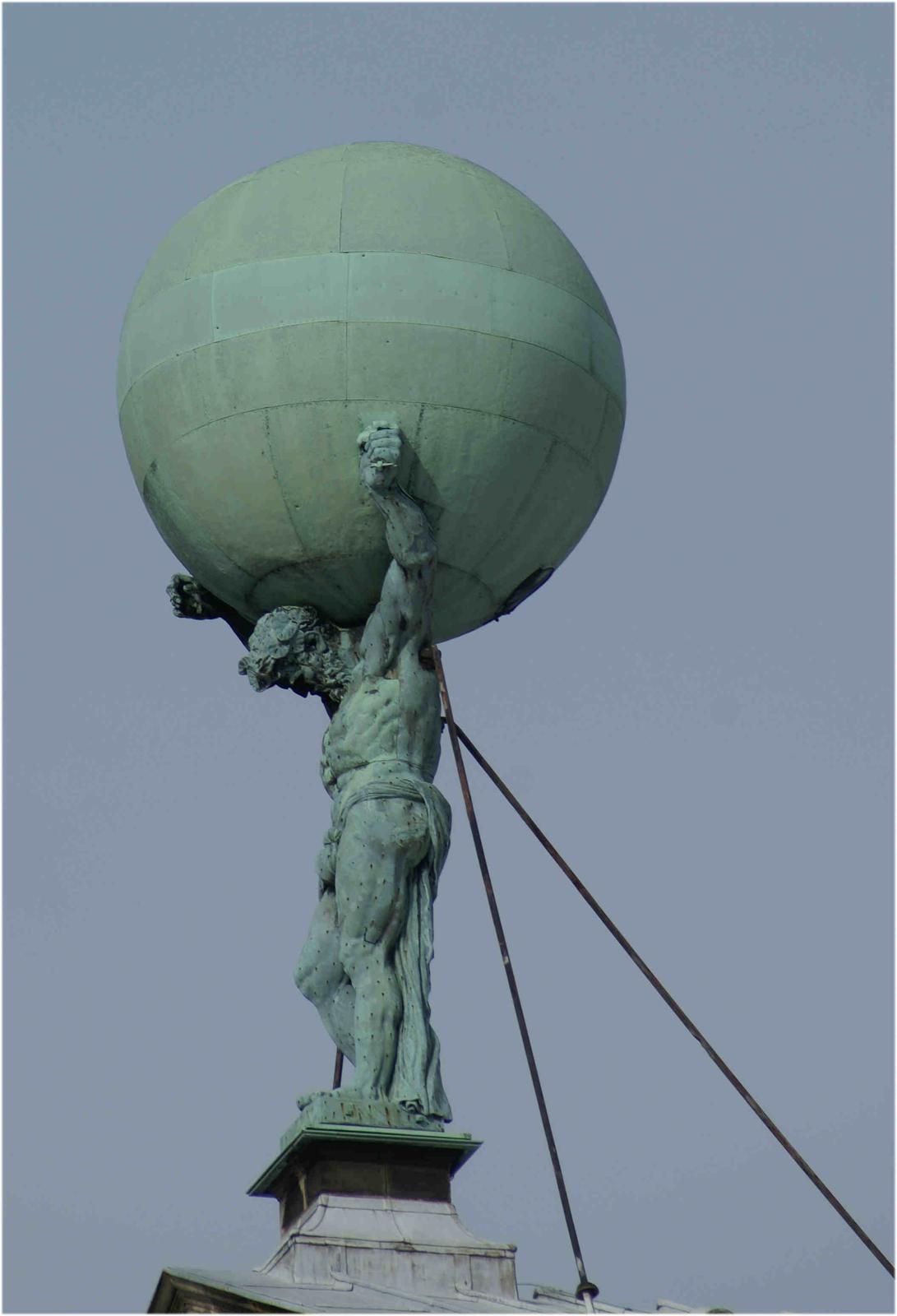 (There is also live coverage of the palace including the statue; unfortunately he is hidden partly by scaffolding at the moment).
(There is also live coverage of the palace including the statue; unfortunately he is hidden partly by scaffolding at the moment).
Our main goal is to produce an atlas of different kinds of high-resolution maps of the Internet: geographical, topological, real-time, long-term and in many novel and useful formats. As with classical geographic mapping, those maps will get more accurate as we increase the number of points we measure from. This is why we are making our probes small and easy to deploy and why we are asking for the help from as many probe hosts as possible.
The great feedback we received from many of you was extremely encouraging (see: Active Measurements Need More Vantage Points and Active Measurements - A Small Probe ). We are confident that we will have no trouble finding hosts to help make this a success. In addition to hosts, we also need to find sponsors to ensure RIPE Atlas has enough probes to be successful .
The Plan
A number of people asked us about the timing of this project. Here is some history and our current plan about the future:
2008-2010
- Develop the idea
- Develop architecture scalable to >100k probes
- Research and test possible probe hardware
- Select hardware and build early prototype probes
- Conclude that this is feasible on a massive scale
- Convince RIPE NCC to fund a pilot implementation
July/August 2010
- Start to develop probe firmware
- Start to develop software for operational infrastructure
- Order first 500 probes
September 2010
- Continue development of other components
- Deploy servers for distributed operational infrastructure
- Start this article series
October 2010 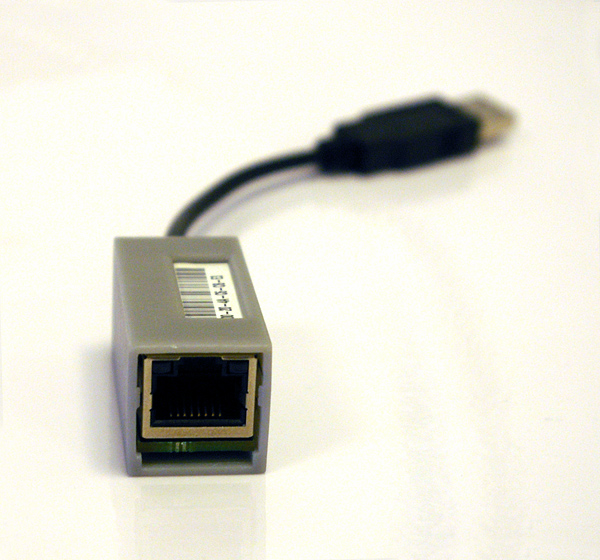
- Receive the first 500 probes
- Develop web site for hosts with basic probe status reporting
- Test deployment with RIPE NCC staff
- First basic measurements
- Call for pioneer hosts to register
November 2010
- Distribute 200-250 probes to pioneer hosts during RIPE 61 in Rome
- Run standard measurements on 200-300 probes
- Make individual probe results available to hosts
- Present first results of measurements to community
- Sign up initial sponsors
- Collect and start incorporating ideas from hosts and community
December 2010
- Consolidate what was achieved, tweak and stabilise
- Collect and incorporate ideas from hosts, sponsors and community
- Start deploying remaining 200-250 probes
- Order 2nd batch of probes based on sponsorship available
- Celebrate the holidays
January 2011
- Publish experiences and results
- Deploy first rough "RIPE Atlas" map
- Develop and deploy first user defined measurements (involves updated firmware & software & web pages)
- Collect and incorporate ideas from hosts, sponsors and community
February/March 2011
- Further develop the system, improve user defined measurements
- Collect and incorporate ideas from hosts, sponsors and community
- Check off initial goals set by RIPE NCC executive board for June 2011
Q2/2011
- Develop and deploy more maps
- Deploy second batch of probes
- Decide whether to extend the pilot or start to implement as a regular RIPE NCC service
Q3/Q4
- > 2048 probes at year end
- As much as 8192 probes given sufficient sponsorship commitments
This is quite an ambitious plan, but it is a realistic one as well. Since we are firmly in pioneering territory, we expect to re-adjust our plans from time to time and keep you informed of that.
For the pioneer hosts this means: hosts will be able to check if the probe is running and get access to predefined continuous ping/RTT measurements. Based on our plans and the suggestions from both hosts and sponsors, we will then gradually add features and extend the network of probes at the same time. At first we will add a limited capability to define measurements and view the results. Finally we will implement the credit system, the full capability to define measurements and extended capabilities to view and export the results and the community features. 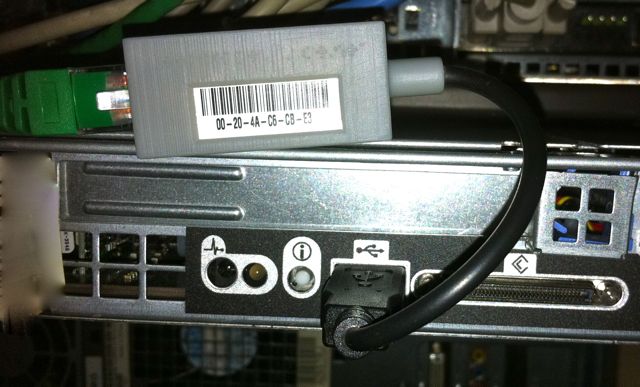
Sponsors Wanted !
The RIPE NCC has always been able to provide the RIPE community with relevant and reliable measurements and statistics. But because RIPE Atlas needs thousands of active probes, it is unlikely that we will achieve sufficient numbers with the RIPE NCC's resources alone. So we are now calling for partners to commit to supporting the project by sponsoring the deployment of a specific number of new probes.
Of course we will offer "the usual" benefits to sponsors: recognition and logo placement on the RIPE Atlas web page and printed materials, a privileged channel to provide feedback and suggestions, special sponsor events and all that good stuff.
Sponsorship = Credits = Measurements
The really interesting benefit of sponsorship will be access to all RIPE Atlas probes for running your own measurements. Hosts earn credits for sacrificing some bandwidth and electricity to run the probes; as a sponsor, you will receive the same amount of credits per sponsored probe for a period of 12 months.
Credits can be used to run your own active measurements, using the pool of all probes in the system. This means that, as a sponsor, you can use a huge network of active probes without having to deploy your own infrastructure!
The more probes you sponsor, the more credits you earn, and the more frequent and complex measurements you can run.
In order to preserve the usefulness of RIPE Atlas for the community, sponsors will be required to share the results of their measurements with the RIPE Atlas participants and the community, possibly after an initial embargo period. The more measurements available, the better for the community!
Initially we will offer the following packages:
| Probes | Amount(EUR) |
|---|---|
| 8 | 2048 |
| 16 | 4096 |
| 32 | 8192 |
| 64 | 16384 |
| 128 | 32768 |
| 256 | 65536 |
For the time being we expect that smaller packages than these will incur too much overhead and larger packages pose the danger of large sponsors monopolising RIPE Atlas.
At the end of the 12-month pilot, we will ask existing sponsors to renew their commitment. By doing so, the sponsor will extend the period for receiving sponsor credits from "old" probes if a certain amount of new probes are sponsored. The intention of this is to secure long-term sponsors, compensate for the inevitable loss of some probes, and further grow of the network.
I am now calling for pioneer sponsors who want to help get this off the ground to contact me. The RIPE NCC Executive Board confirmed that they will continue to support this effort if there are firm commitments from sponsors for at least 100 additional probes by June 2011. But, in order to get both board and community firmly behind this, we have to do much better. As you can see from the planning, pioneer sponsors will have no full service guarantees initially and may even get their probes delivered in installments. So yes, we are asking you to trust us. As an early sponsor, you get to be recognised as a pioneer and get an early opportunity to influence the direction of "RIPE Atlas".
In the next few weeks, prior to the RIPE 61 meeting in Rome, we will publish details that describe the architecture and the benefits for the community. We will also publish a website where hosts can register to receive one or more probes.



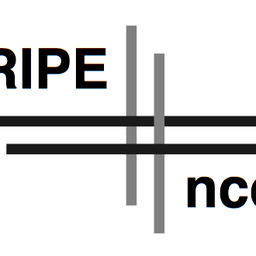
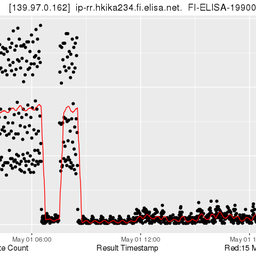
Comments 0
The comments section is closed for articles published more than a year ago. If you'd like to inform us of any issues, please contact us.